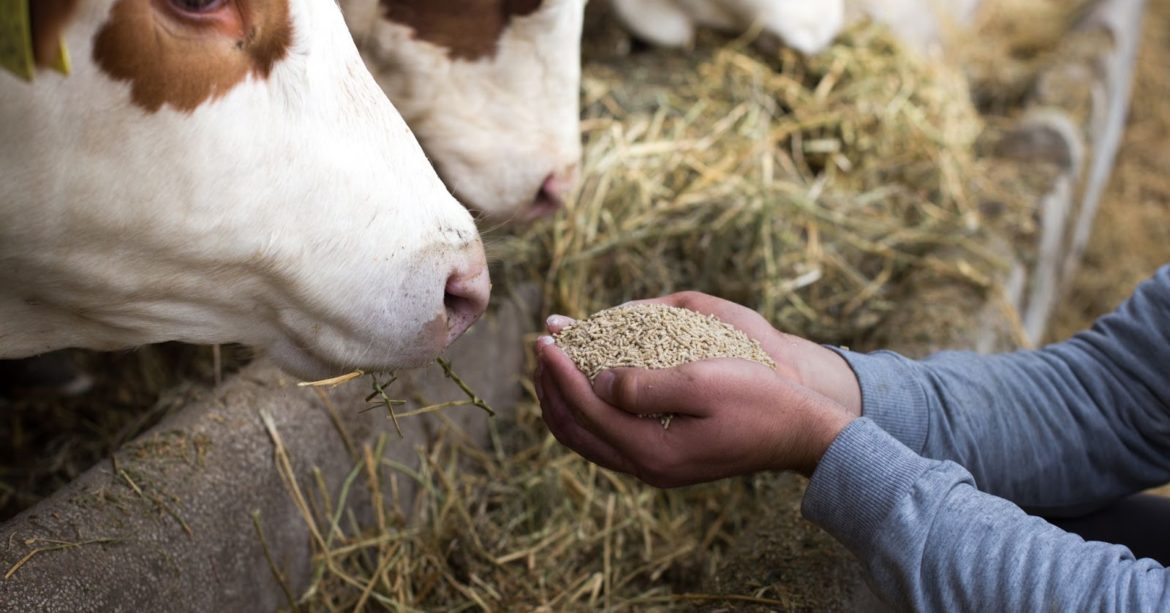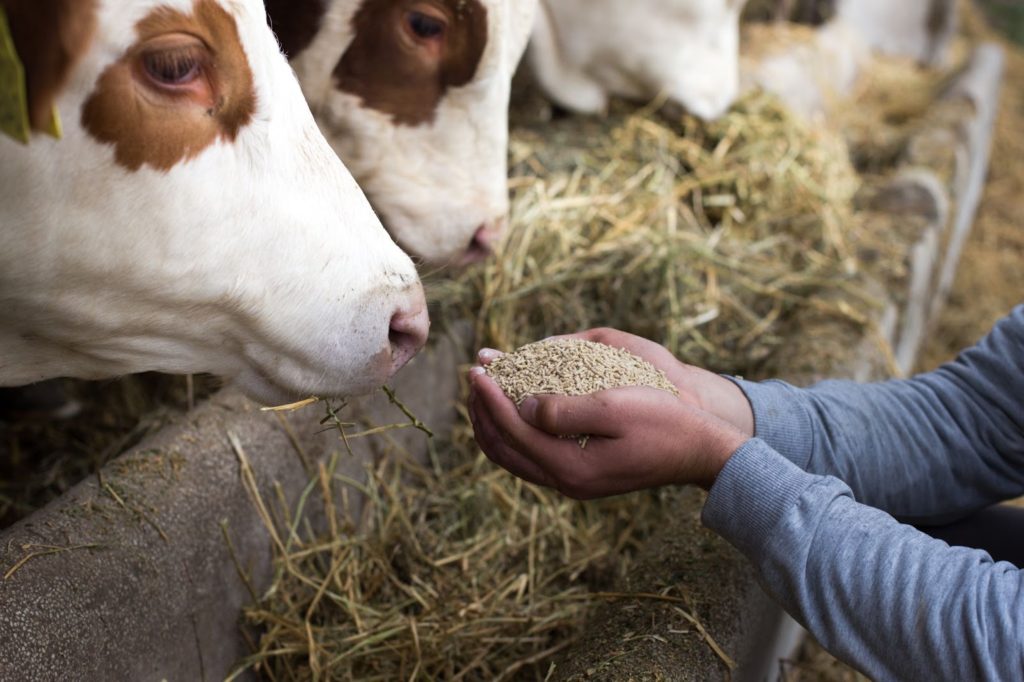What Kind of Testing is Done on Animal Feed?
- On : December 9, 2021
- By : Entegra Signature Structures
Ensuring the right quality of animal feed with the right nutritional value requires good decision-making. This applies to producers, sellers, buyers, and end users. Animal feed testing helps to ensure the quality of raw materials and the efficiency of processes.
Testing processes provide valuable data that can help producers to grow their business and assists buyers and end users in assuring they achieve value for the money they spend. Various animal feed items can be tested including hay, silage and grain, mixed feeds and total mixed rations, pastures and forages.
This feed testing is integral to ensuring good animal nutrition and maximising profits for feedlots and farmers. It’s carried out by testing providers including those accredited by the National Association of Testing Authorities (NATA).
Key points
- Ensuring the right quality of animal feed with the right nutritional value requires good decision-making by producers, sellers, buyers, and end users.
- Testing processes provide valuable data that can make the decision making process easier.
- This feed testing is integral to ensuring good animal nutrition and maximising profits for feedlots and farmers.
- Different types of animal feed testing include Near Infrared Reflectance Spectroscopy (NIRS), Wet Chemistry, analysis of non-structural carbohydrates (NSC), and Investigation of hygienic quality.
What types of animal feed testing are available?
One form of testing that is often used is visual forage assessment. The appearance, feel, and odour of forage is often a good indicator of its condition. But this assessment is not measurable and it may be misleading.
A visual inspection may be a good way of identifying obvious issues with forage but more comprehensive testing is usually required.
There are several other types of analysis that can be completed including:
- Near Infrared Reflectance Spectroscopy (NIRS) that provides quick results and can examine basic nutrients such as dry matter, digestible energy, and crude protein.
- Wet Chemistry which is a slower and more expensive process but tends to be more accurate. This type of feed testing examines not only the basic nutrients that NIRS tests but also a more complete mineral specification.
- Analysis of non-structural carbohydrates (NSC). Although this can be reported by indirect means through less expensive analysis, a more complete breakdown is often beneficial. This type of breakdown provides a more in-depth knowledge of NSCs such as Water Soluble Carbohydrates (WSC) and Ethanol Soluble Carbohydrates (ESC).
- Investigating hygienic quality which includes factors such as testing for mould counts and yeasts and identifying them.
RECOMMENDED ARTICLE
Soil, sustainability, and a shed – investing in the next generation
Who can benefit from animal feed testing?
There are several people who can benefit from animal feed testing. This includes:
- Buyers who can be confident of purchasing quality products.
- Sellers who are able to determine the quality of their products and justify their position in the industry and their prices.
- Nutritionists who can use the information to advise clients about cost-effective methods of feeding.
- End-users such as farmers and feedlot operators who are able to ensure animal nutrition and optimise profits.
How to make sure testing is as accurate as possible
There is always liable to be some variance in results. However, there are ways that users of an animal feed testing service can optimise the potential for accurate results.
For example, they should:
- Ensure they have collected a fully representative sample of feed for testing.
- Label samples of feed with a description of the sample and a date.
- Make sure that feed samples arrive at the laboratory in a timely manner so that any potential deterioration is minimised.
- Not quarter hay samples and reduce the size of the sample. Doing this can result in leaf loss which makes the sample unrepresentative.
Following this advice means that feed test results are more likely to be accurate. This ensures that they provide the benefits we’ve outlined in this article and that they provide value for money.
RELATED ARTICLES
https://www.dpi.nsw.gov.au/about-us/services/laboratory-services/feed-quality-service
https://www.feedcentral.com.au/feed-testing/
https://haygainaustralia.com/blogs/news-and-events/forage-analysis-seeing-through-the-hays
3 - 3Shares



